What processes led to the riot, widely known as the Battle of Roszke?
In 2015, an influx of illegal migrants began toward Europe on a scale never before seen. Four hundred thousand people arrived in Hungary, of whom 386,000 filed asylum applications, but almost none of them stayed to wait for the processing of their claims, but left our country before a decision. Every Hungarian citizen can recall the conditions at Keleti railway station, and the sight of migrants marching down the highway. It soon became clear that this was not the usual border violation, but rather a massive migration flow that was organized, guided, and financed. Already then it was evident that human smuggling gangs linked to organized crime were behind it. At the same time, the so-called Soros Plan emerged, and George Soros’s NGOs showed significant activity along the entire Balkan route.
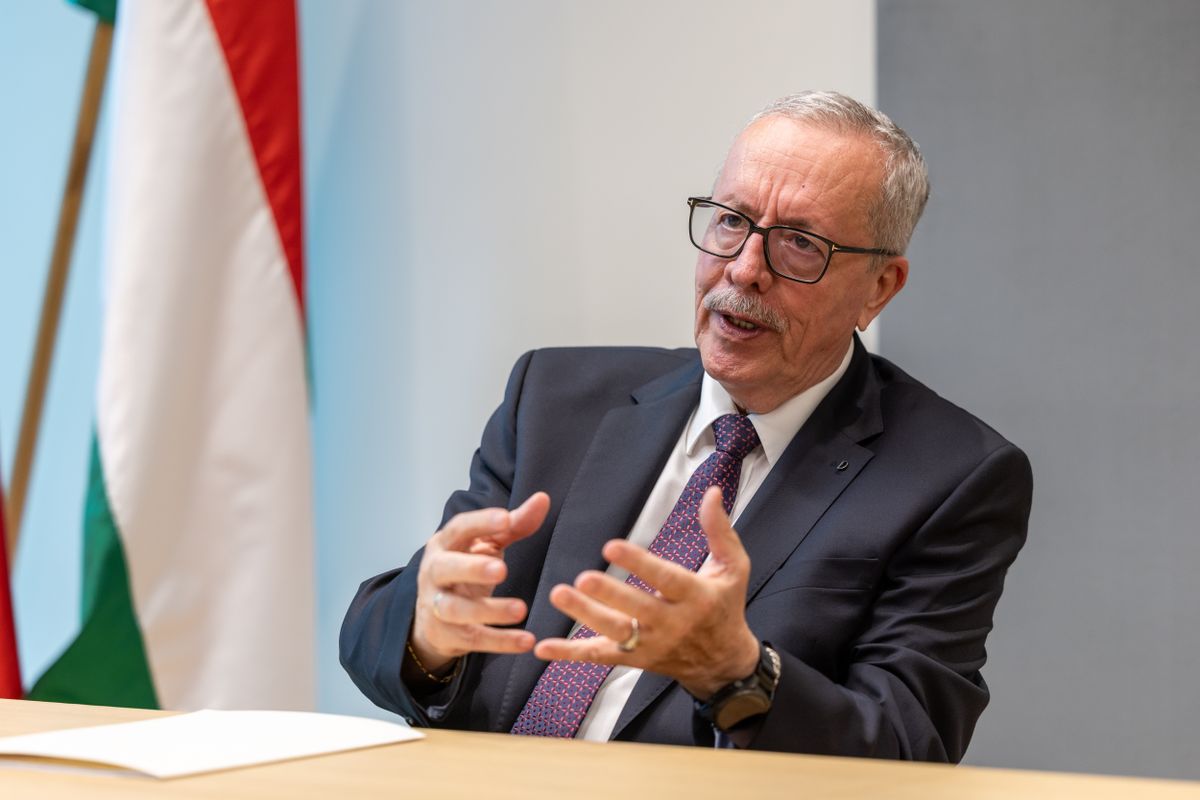
How do you remember the riot?
I was there on the spot and saw how a group of raging migrants, throwing objects, young men behaving aggressively, attacked Hungarian police officers, who showed exemplary steadfastness. The migrants did not succeed in breaking through—the border protection system held firm. This was a very important, tense moment, since it led to open confrontation.
But in line with the will expressed by the Hungarian people, we successfully applied a security measure that today stands as an example for many European countries.
What options did the government have?
We had two choices: stop the migrants, or let them pass through, since they did not see Hungary as their destination country. The government’s first decision was to ask the Hungarian people’s opinion in a national consultation survey. The overwhelming majority of Hungarians, regardless of political leaning, said that the migrants must be stopped. That we must not allow the Hungarian state border, sovereignty, territorial security, or the interests of the Hungarian people to be disregarded.
After that, professional questions arose: how to stop the migrants? We saw what was happening on the North Macedonian, Greek, and Serbian borders. Aggressive individuals, often armed, without documents and with unknown identities, ignoring legal requirements and lying about the real purpose of their journey. It was clear that they could not be stopped without a system of physical barriers. Alongside that, police and later military forces were deployed to guard the fence.
But it was also clear that the fence alone was not enough. A legal border barrier was needed so that when migrants crossed into Hungary by digging, with ladders, or by cutting through the fence, they could not claim to be refugees.
According to UN regulations, a refugee is someone persecuted in their country for racial, religious, or political reasons, and who must seek asylum in the first safe country they enter. But in the case of these migrants, there was no talk of a first safe country. So we came up with the solution of returning them to the other side of the fence. At that time, we set up transit zones directly at the border, where migrants were placed until their asylum applications were processed. But under pressure from the European Union, these had to be dismantled. Today the solution is that anyone who wishes to enter Hungary's territory must submit their asylum application at a Hungarian diplomatic mission located in a neighboring non-EU country. If they are granted refugee status, they may then enter Hungary legally at a border crossing point.
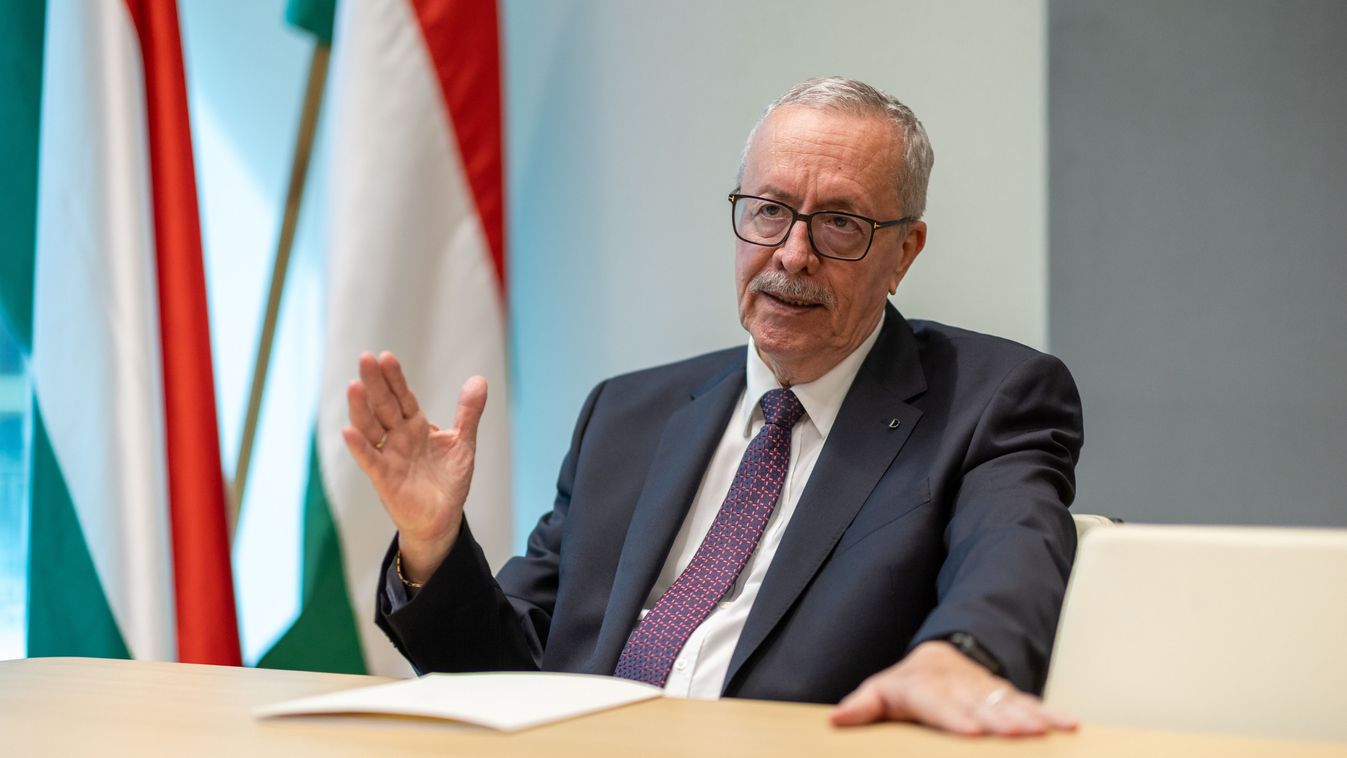
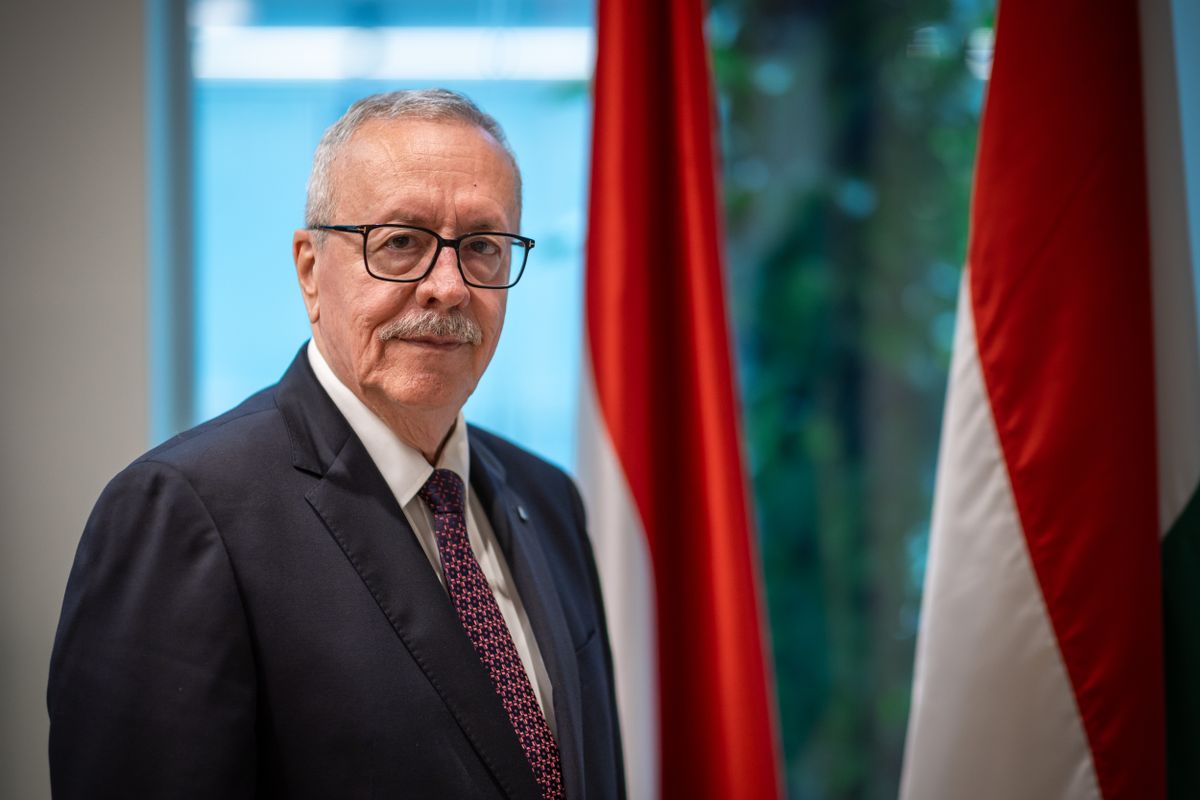
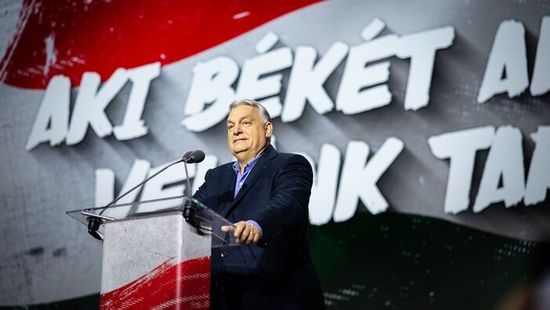
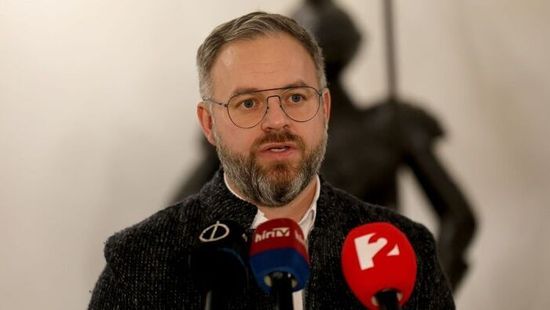
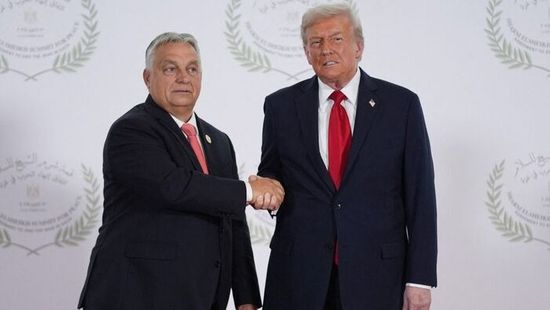
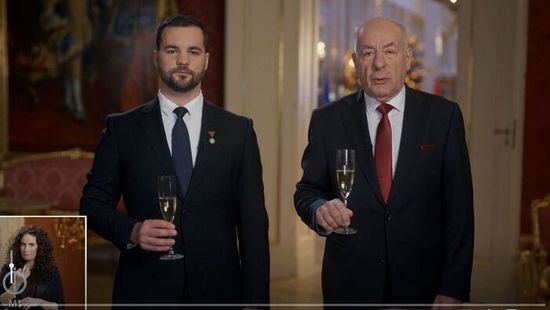

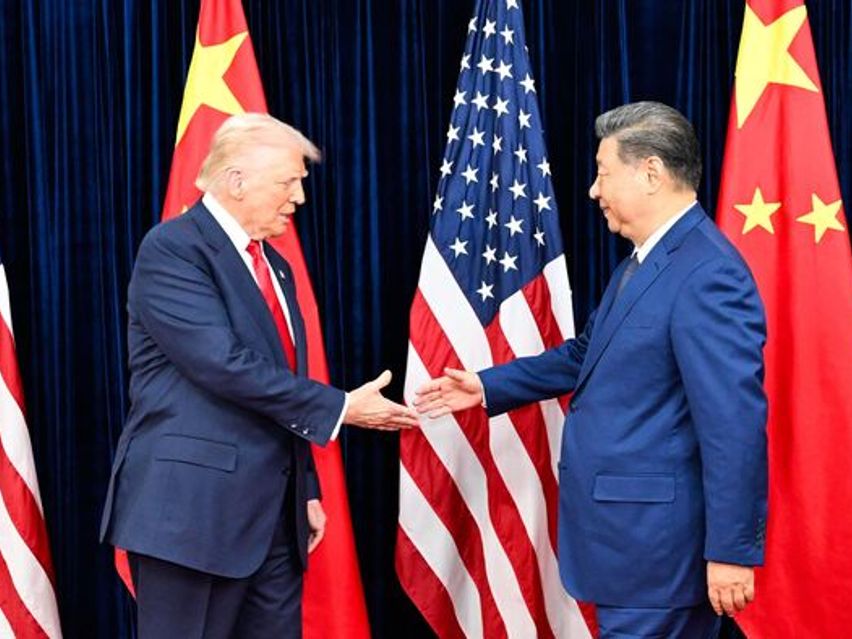


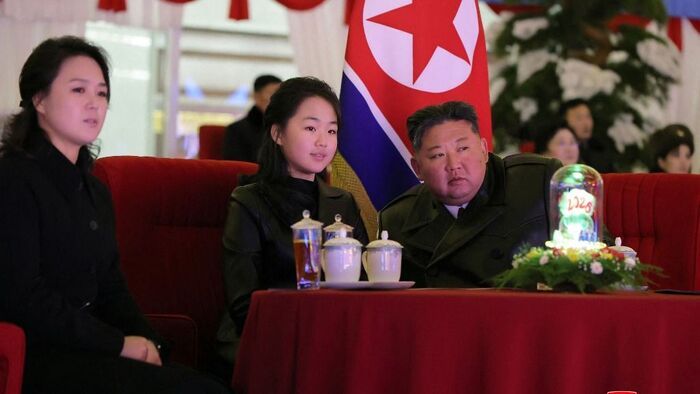


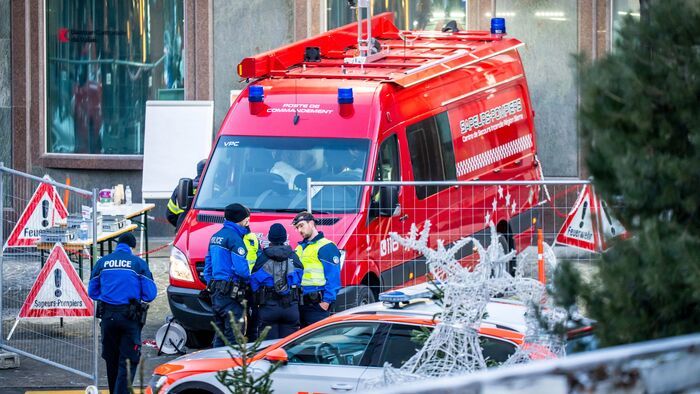
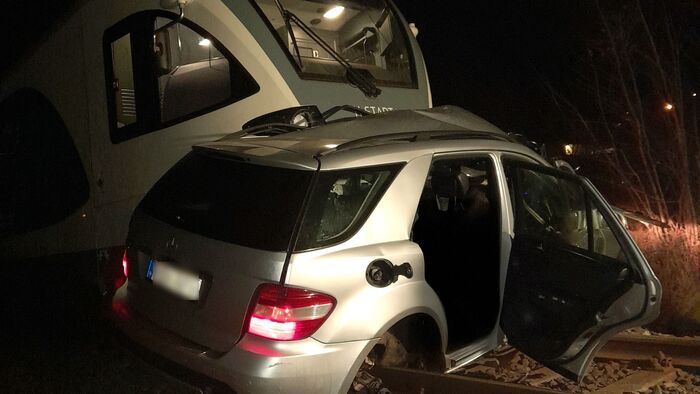
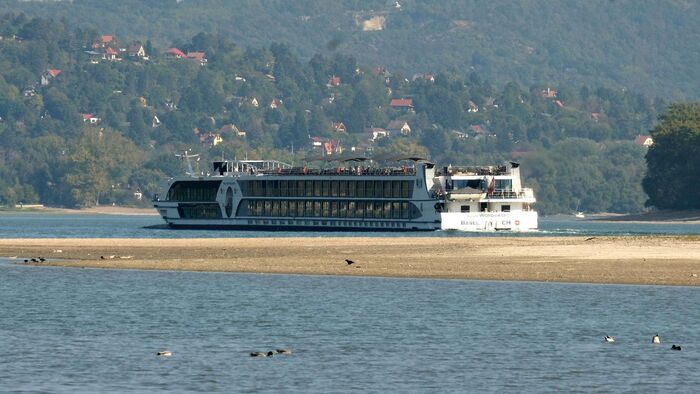
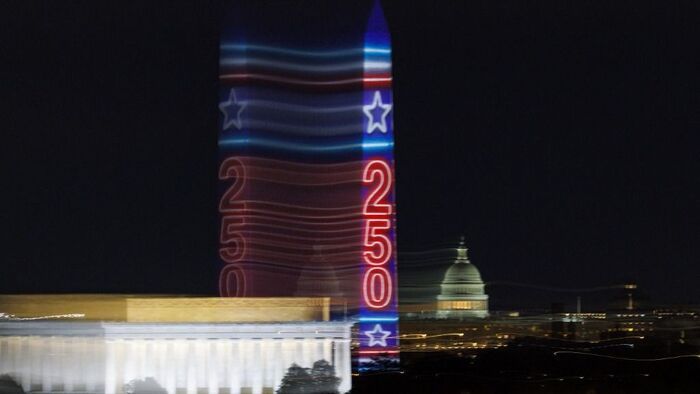
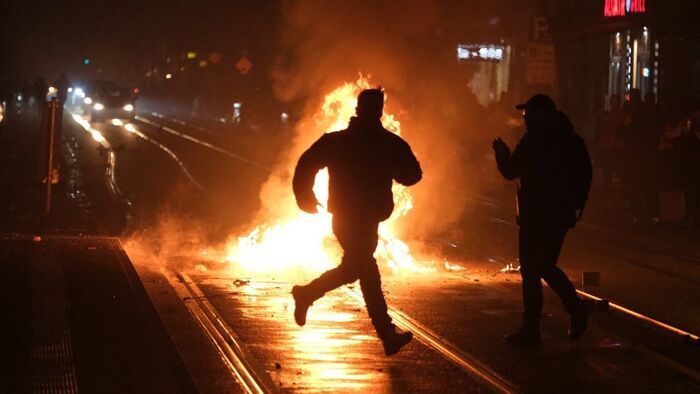

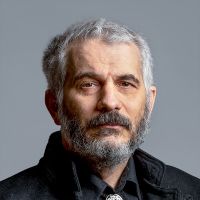
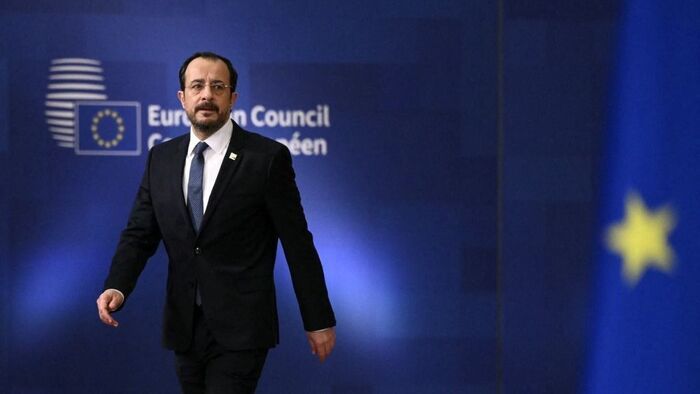



Szóljon hozzá!
Jelenleg csak a hozzászólások egy kis részét látja. Hozzászóláshoz és a további kommentek megtekintéséhez lépjen be, vagy regisztráljon!